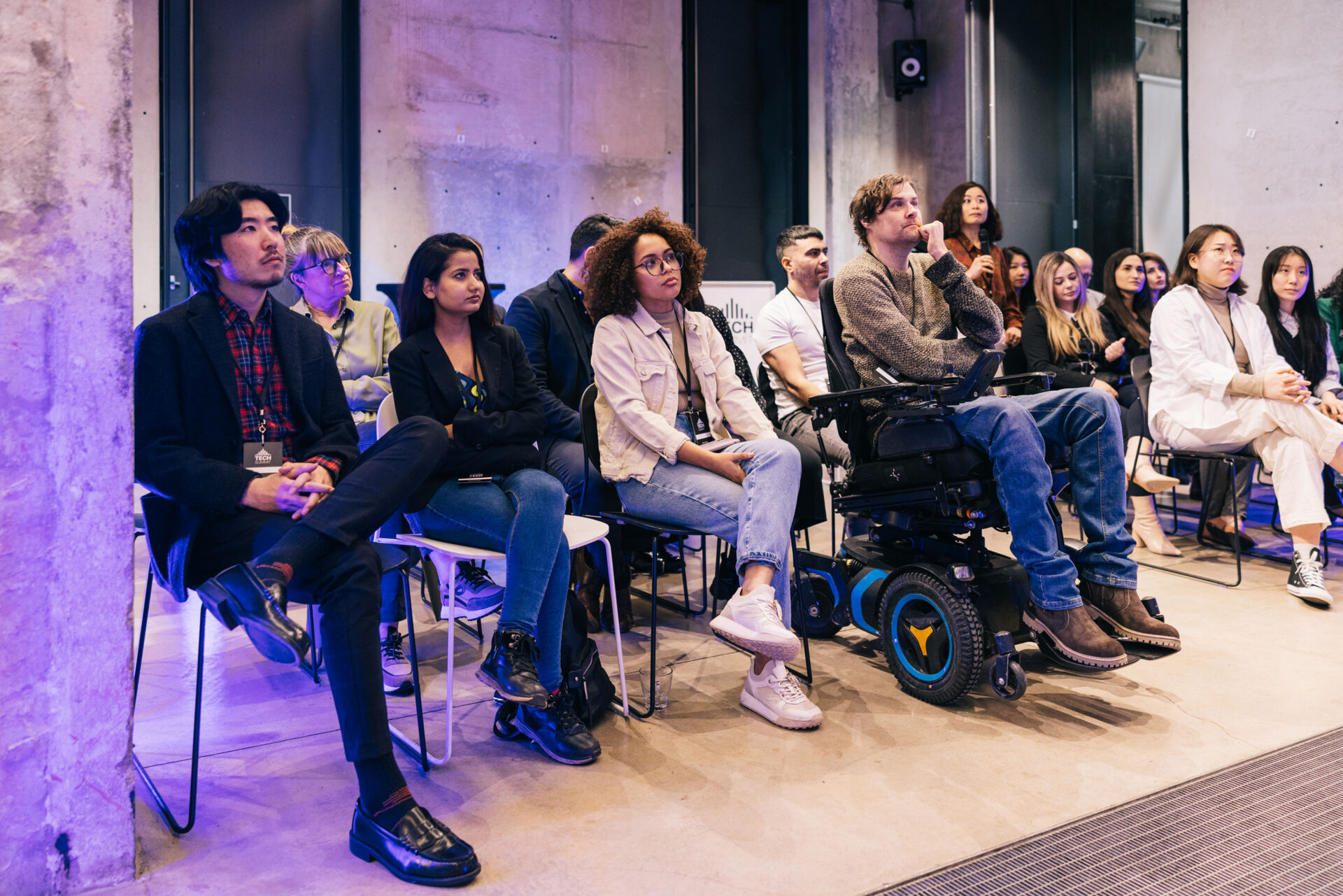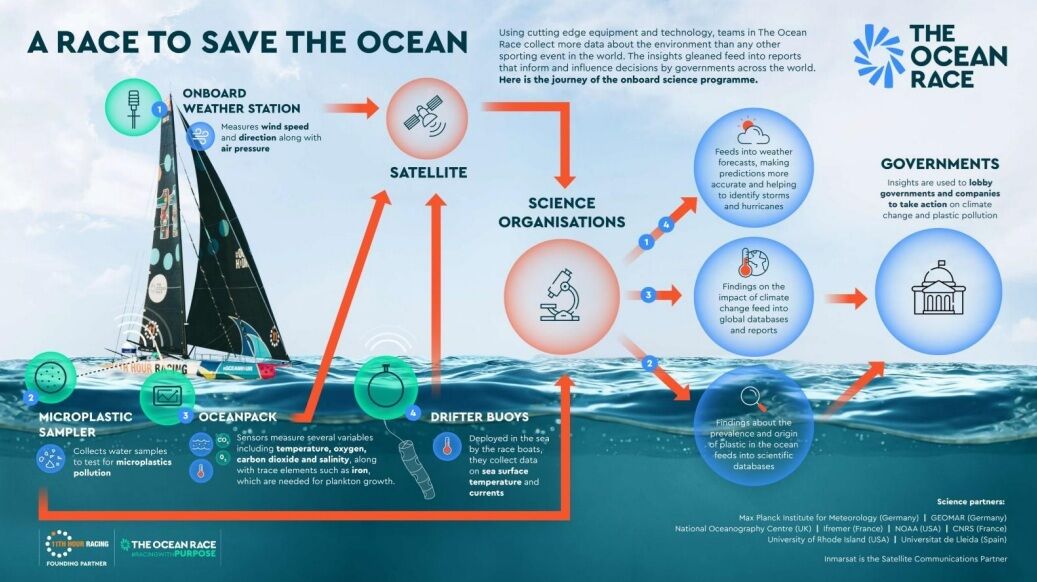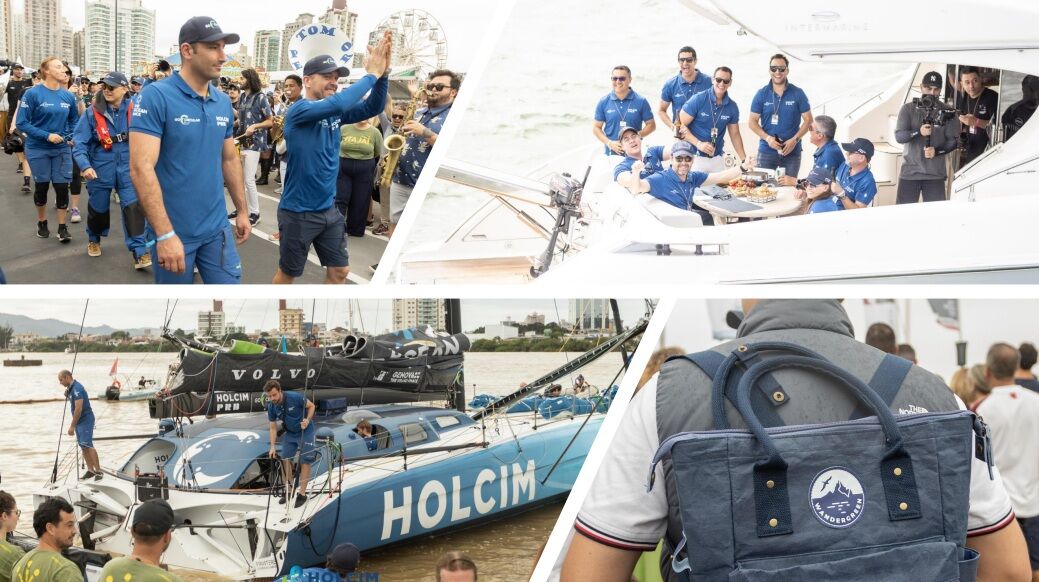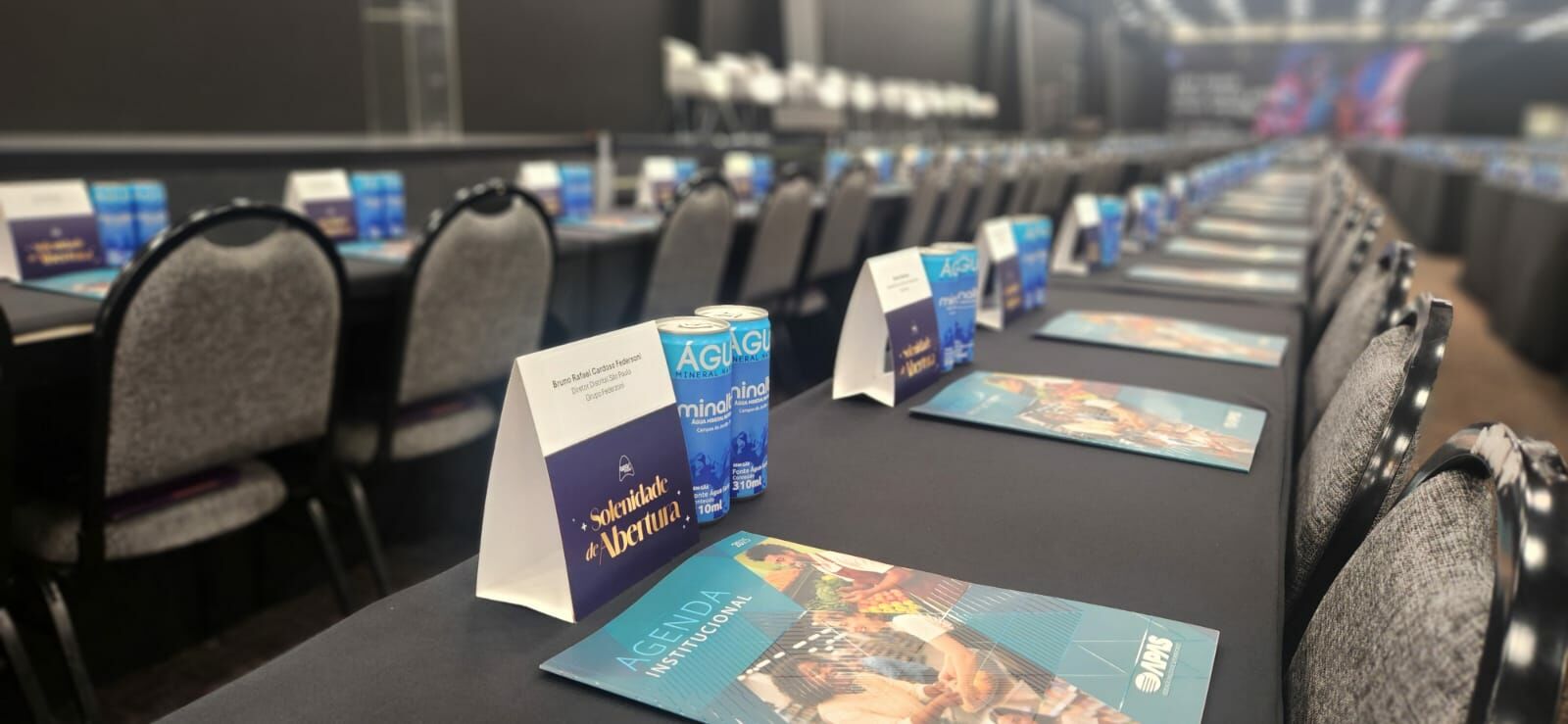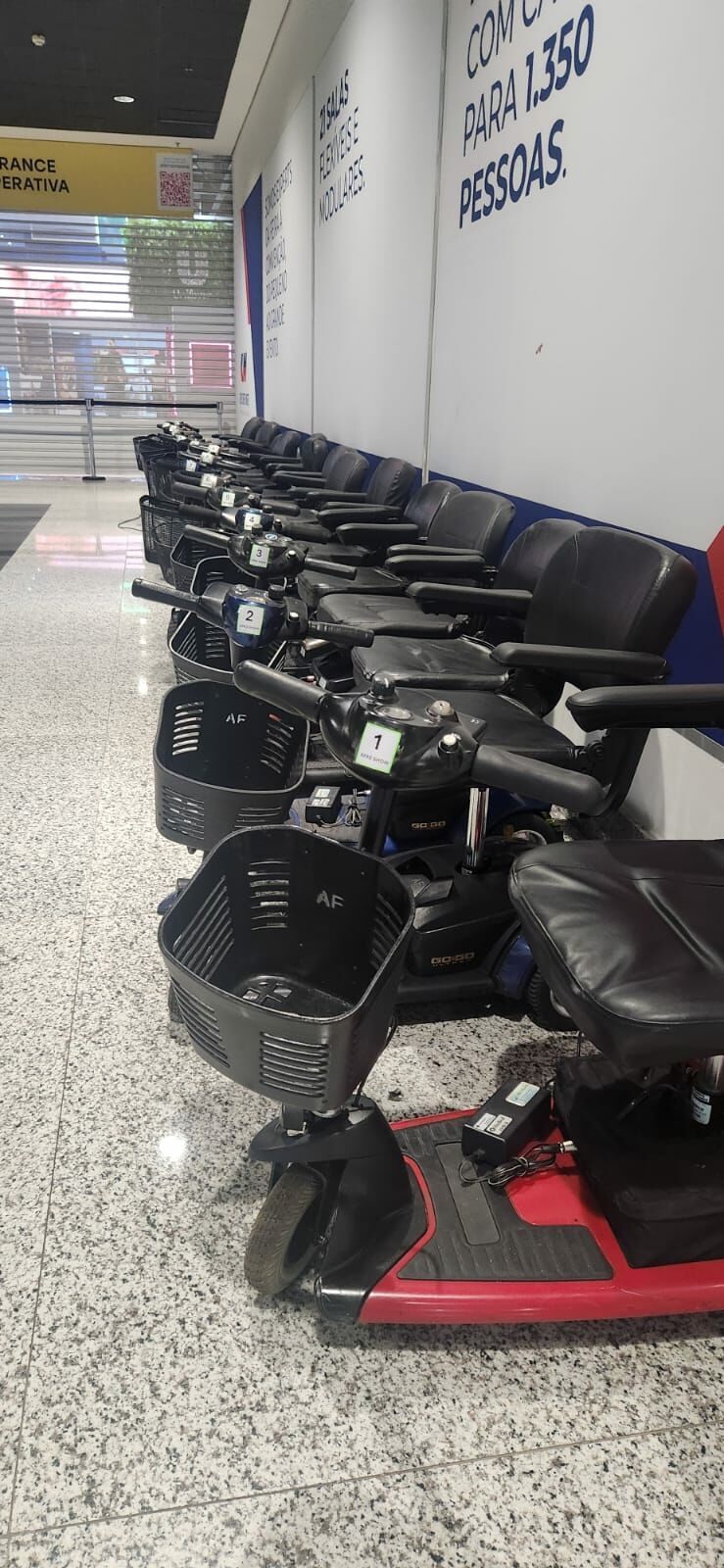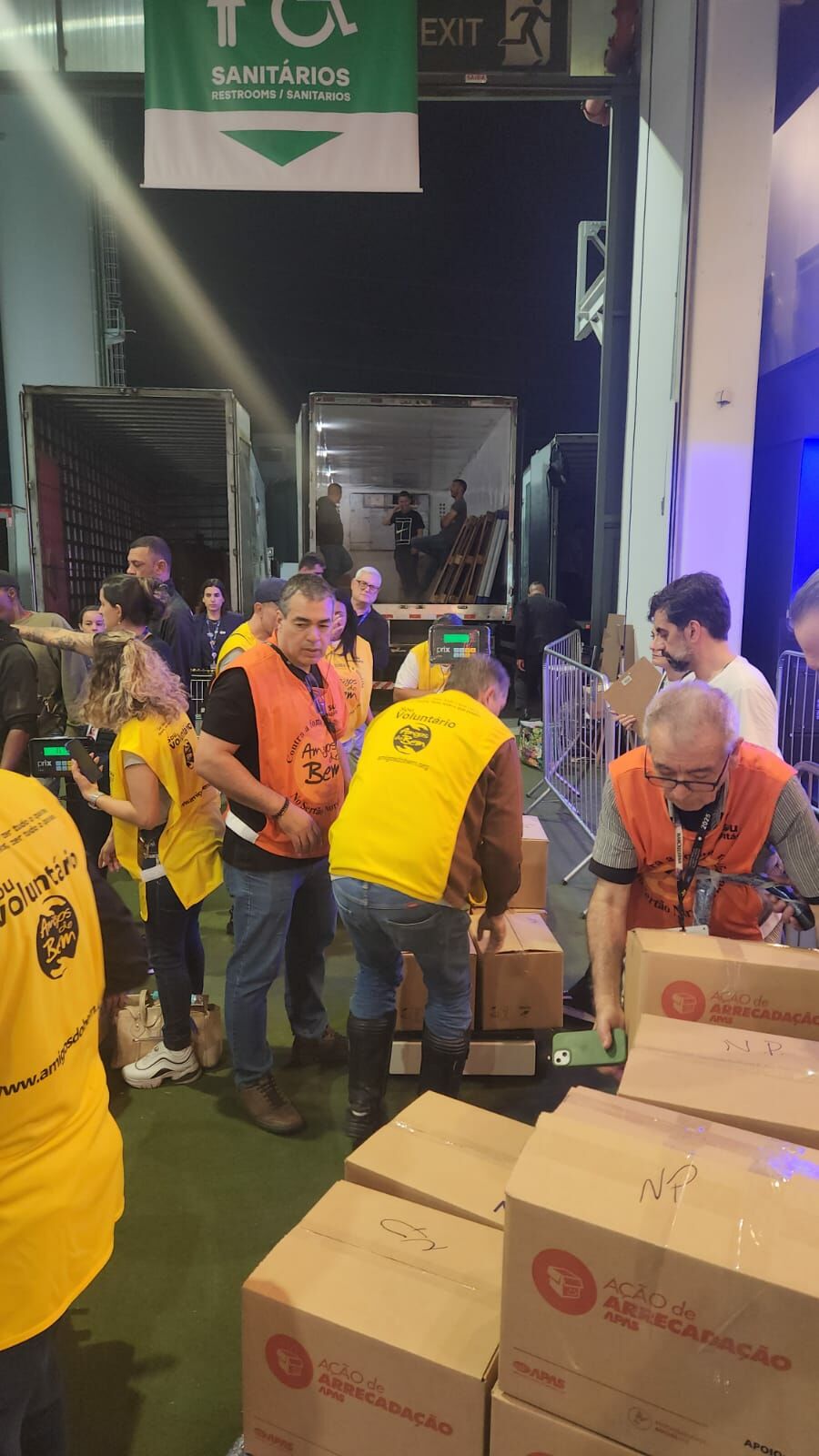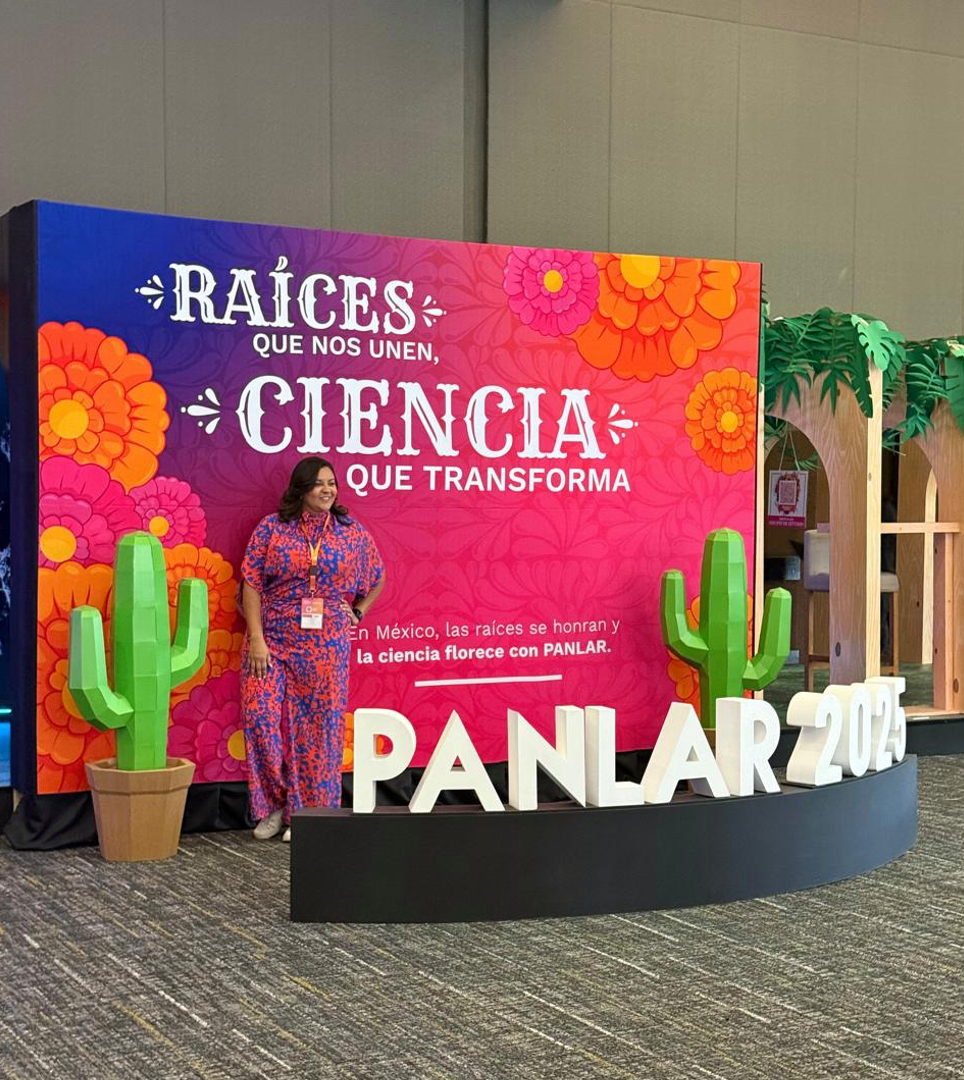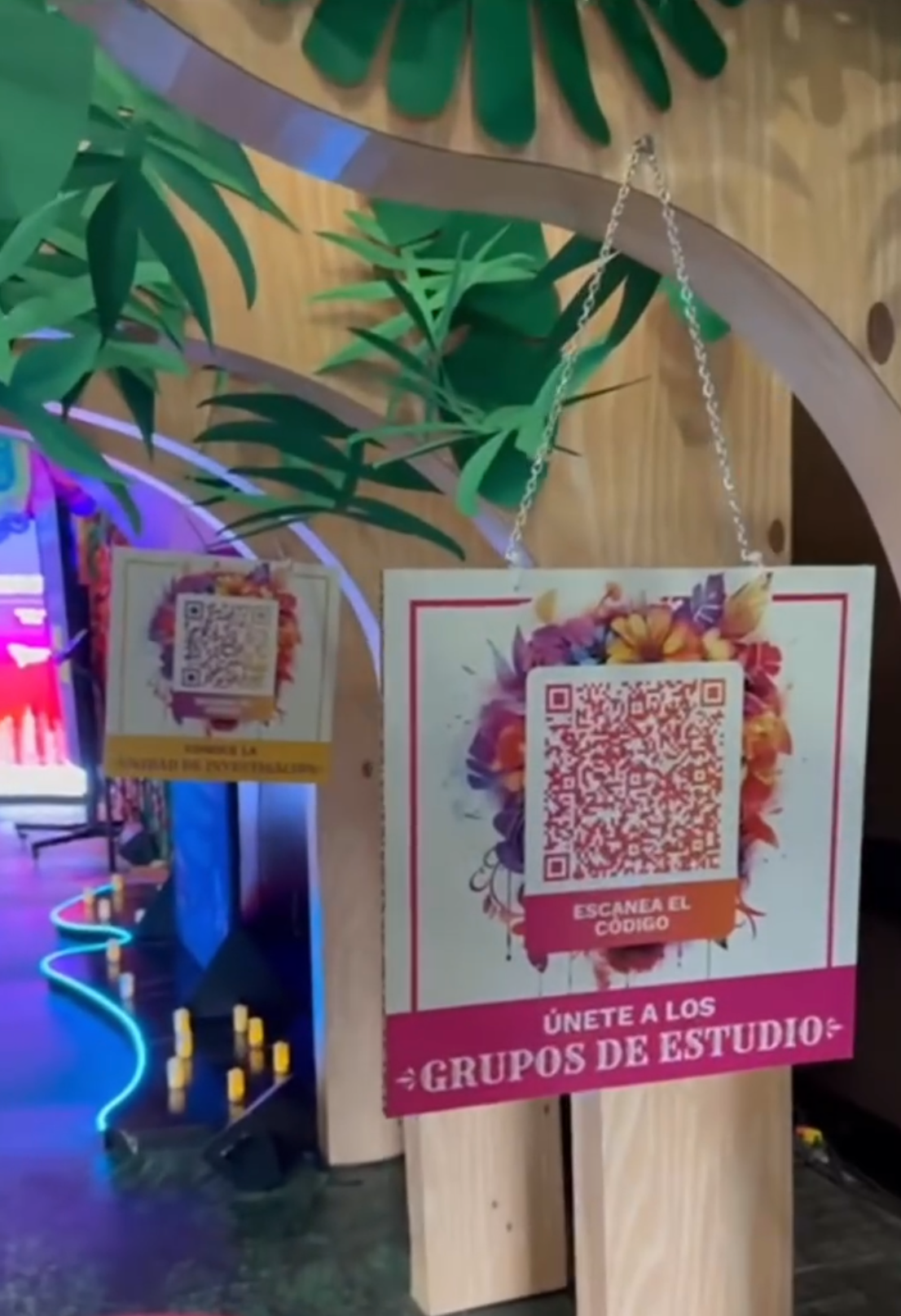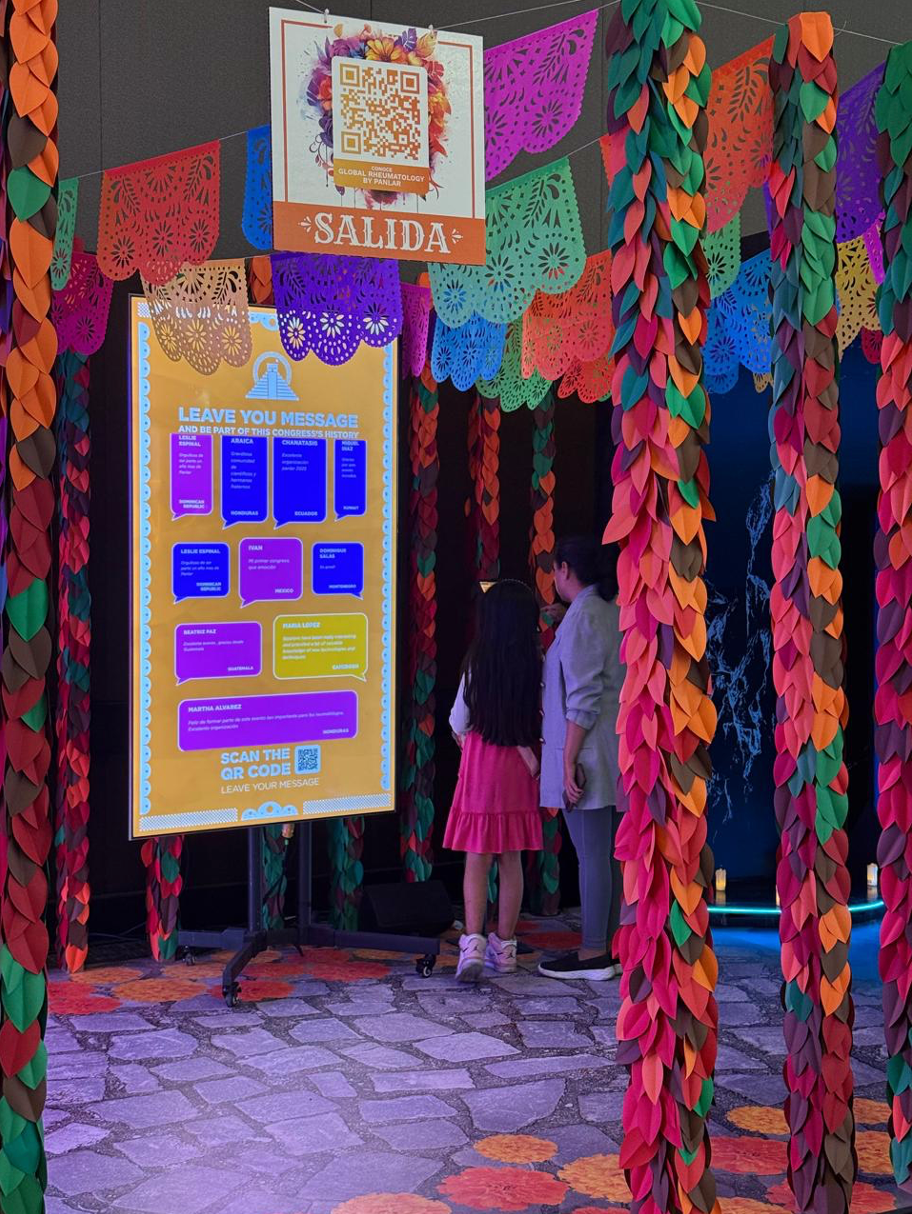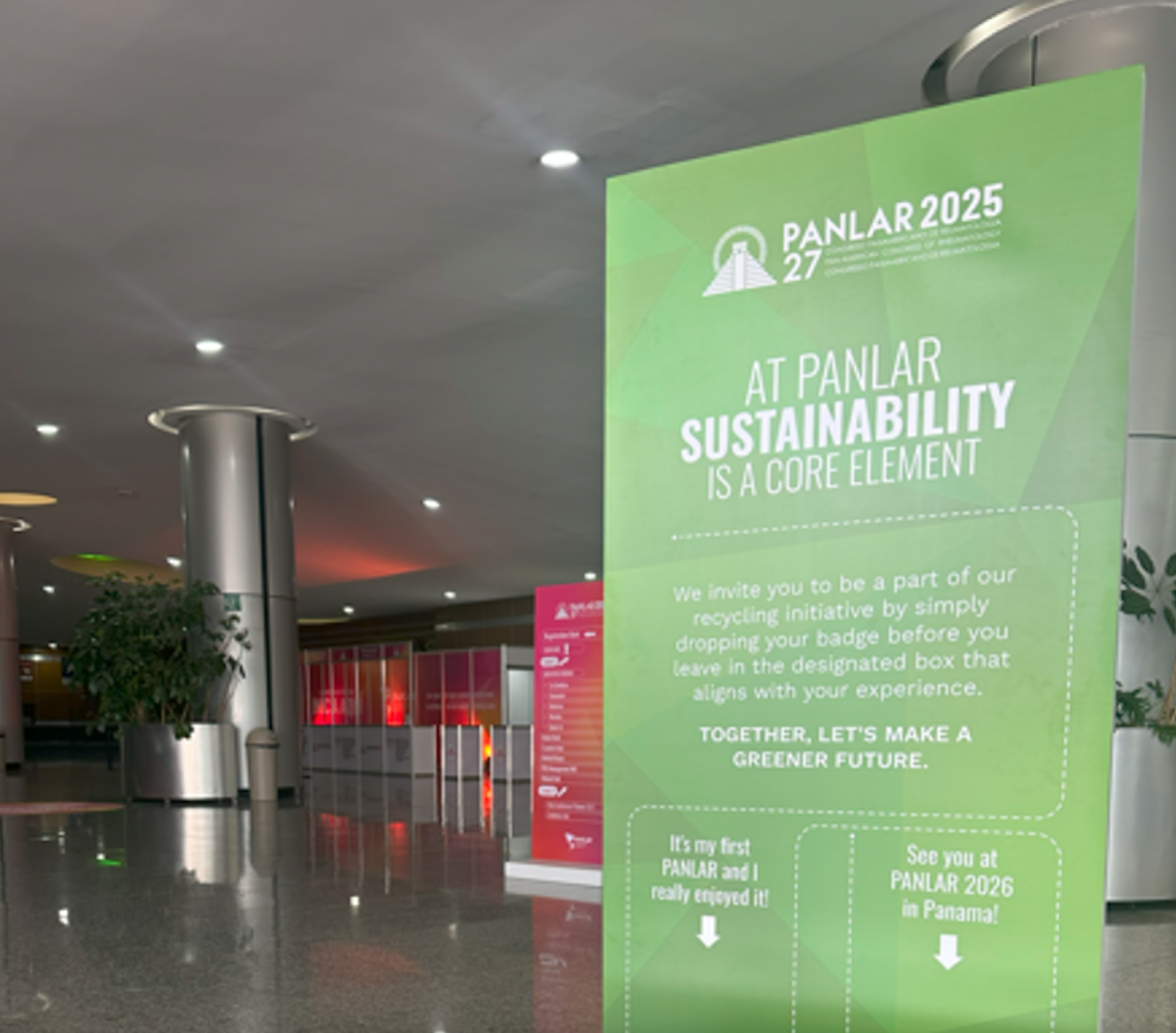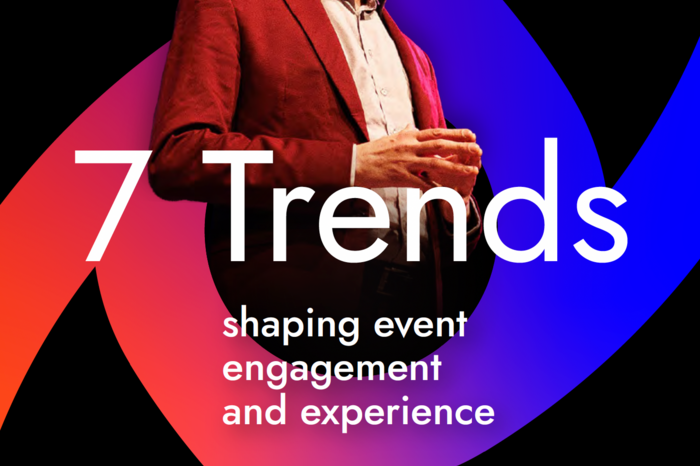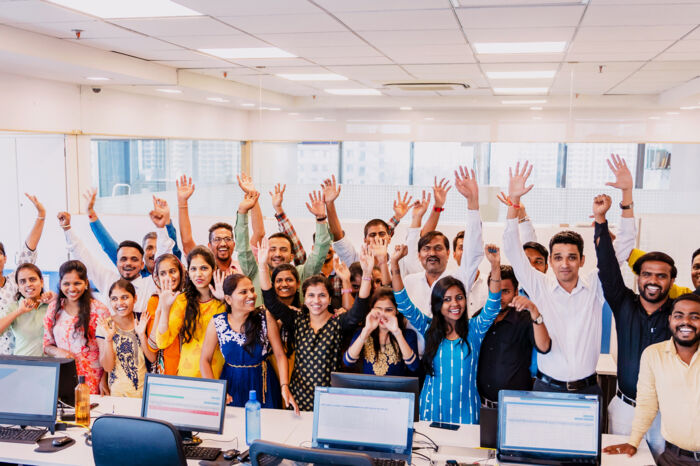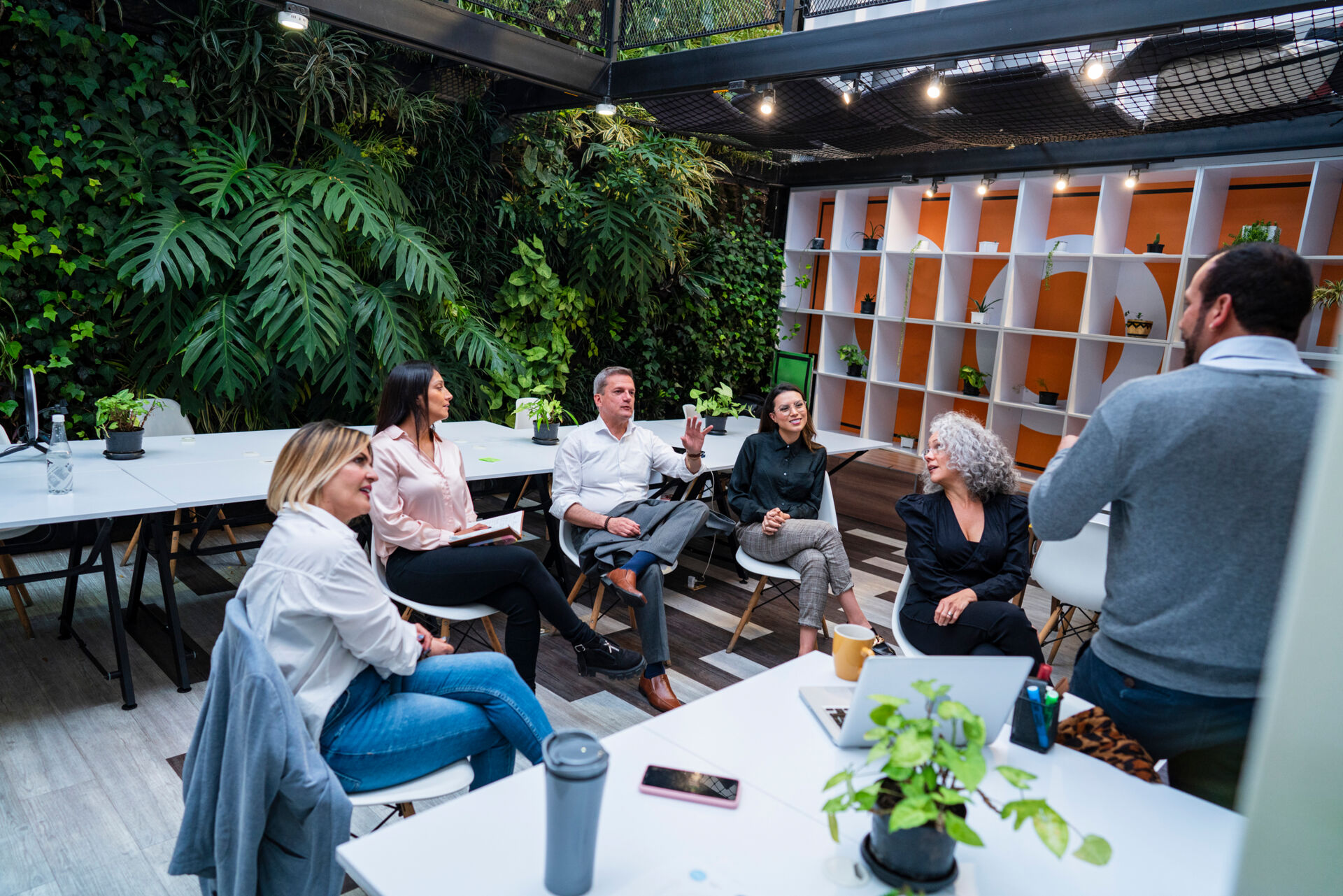
Leaders across industry and the public sector are under pressure to prove that events create value that endures; environmental, social and governance outcomes must be visible and credible.
While the goal is consistent, better experiences and events, stronger brands and measurable impact, the opportunity is practical: embed ESG from the brief, procure from aligned suppliers, run on-site operations that reduce waste and emissions and close with an audited, comparable report.
This article distils essential steps drawn from MCI’s delivery across diverse organisations. You will find a clear approach to objectives, a design checklist that reduces footprint upstream where choices matter most, practical inclusion actions, and a simple governance chain that keeps data verifiable. Where relevant, we signpost highlights from recent programmes (2024–2025) to show how these choices play out in real venues, with real budgets and competing constraints.
How do we set objectives for ESG in events that work across industries?
Begin with a short, written sustainability intent for the event; align it to corporate goals and name the metrics that matter. Translate the intent into a checklist for sustainable and inclusive event design, procurement and operations – energy, travel, menu, materials, accessibility and representation.
Onboard the internal team and suppliers against that checklist. Require acknowledgement of expected behaviours and any relevant codes. Build a measurement plan before contracting; specify what will be tracked, by whom and how frequently. Prepare guest-facing guidance that supports success; travel options, refill points, dietary choices, accessibility features and conduct expectations.
Keep approvals simple. Nominate one owner for objectives, one for data integrity, and one for post-event verification. This trims friction, lets project teams move quickly, and ensures that sustainability decisions have an explicit approval trail.
Why it matters: Clear intent and roles prevent drift and turn ambitions into actions that can be verified.

Which design choices reduce environmental impact and enhance attendee experience?
Lock impact upstream so that the big levers are decided early (menus, travel, venue, materials and programme flow). Look into:
Menu-first procurement. Plant-forward menus, seasonal sourcing and right-sized portions reduce emissions and waste while improving perceived quality.
Travel as a design variable. Encourage rail-first within 800 km and enable hybrid participation where appropriate.
Venue systems and waste. Select efficient energy systems and credible sorting; specify water refill stations and bilingual signage to reduce contamination.
Material standards. Re-use structures; rent before buying; avoid composites that complicate recycling; choose digital over disposable collateral.
Programme timing. Cluster sessions to reduce peaks in energy and transport; design walkable flows; minimise shuttle loops with staged ingress and egress.
These measures are operationally simple when planned early. They also tend to improve experience (shorter transfers, clearer wayfinding, better food, fewer queues ...) while lowering the baseline footprint that you will later be accountable for.
Why it matters: Early design choices lock in most of the footprint; deciding well upstream prevents cost and compromise later.
How do we build inclusion and accessibility into conferences?
Plan accessibility for meetings, events and conferences: step-free routes, wheelchair-friendly seating, magnetic induction loops, captioning and sign language services where appropriate.
Shape the programme for representation: Set minimum targets for speaker diversity across gender and background and support first-time speakers with coaching.
Source locally: Prioritise community businesses and social enterprises for catering, fabrication and staffing. Provide safe-participation measures: visible codes of conduct, trained response teams and well-lit routes.
Make participation safer: Display codes of conduct, train response teams and ensure well-lit routes. Add micro-legacies: donate materials, fund local projects or run skills sessions with partners. Communicate choices to attendees and explain how to participate in responsible ways and where to share feedback.
Why it matters: Inclusion widens participation and trust; communities benefit and delegate satisfaction rises.
What governance and measurement make ESG efforts credible?
Adopt a simple event governance and reporting chain; one executive sponsor, a sustainability lead accountable for the checklist and a data steward for evidence. Use a pre-event baseline, live monitoring on-site and a post-event impact report. Align data capture to recognised reporting structures; emissions scopes, waste streams, energy and water, accessibility and representation. Develop a supplier code of conduct and test due diligence against this; require signatures and keep records. Prioritise reduction and removal; use offsets for residual emissions only, with a clear rationale. Close the loop with an improvement log; name three actions to carry forward to the next event and schedule the review.
Why it matters: Measured outcomes and clear roles turn good intentions into assured performance and repeatable improvement.

Some examples from our case stories
From waste management and responsible sourcing to inclusion and community engagement, MCI teams are putting ESG principles into practice at every stage of event delivery. As Ingrid Gómez, Sustainability Coordinator at MCI Spain & Portugal, explains, “I’m truly pleased to have the opportunity to ensure events contribute positively to people, planet and profit.”
For one client, her team supported comprehensive recycling across setup, operations and breakdown, reducing waste volumes and cutting management costs. In another, they worked with local partners to donate surplus food to social organisations, creating measurable social value while reducing environmental impact.
Across MCI’s global network, similar stories are unfolding, from circular design and verified carbon measurement to inclusive staffing and volunteering initiatives. The following examples illustrate how these principles translate into tangible outcomes for clients, participants and host communities alike.
Let’s Go Circular at The Ocean Race brand, science and client loyalty
“Events like The Ocean Race allow brands to connect with audiences through purpose-led storytelling that aligns with global sustainability goals. They build trust and foster community,” says Reina Yanina Teper, Strategy and Engagement Coordinator, MCI Argentina. Her tips?
Use global platforms to amplify ESG values: Holcim Argentina sponsored a sailboat in the 50th edition of The Ocean Race, transforming a world-renowned sporting competition into a platform to strengthen business relationships and showcase its leadership in sustainability. The sailing team, named Go Circular, embodied the company’s commitment to the circular economy and its Net Zero vision. The sailboat became a global ambassador for ESG values, collecting data on climate change and marine pollution for institutions such as NOAA, CNRS and the Max Planck Institute. This initiative elevated Holcim’s brand positioning and inspired its clients through a unique experience that fused sport, science and sustainability.
Design immersive experiences that reflect ESG principles: MCI Argentina designed exclusive activities for Holcim’s key clients, including privileged access to the regatta and interactive dynamics focused on circular-economy practices. Every detail – from messaging to sustainable gifts – was aligned with the brand’s environmental goals. The experience strengthened client loyalty and emotional connection with the brand, positioning Holcim as a strategic partner in the transition towards a more sustainable future. It also demonstrated how ESG-aligned events can foster emotional engagement and long-term affinity.
Integrate science and advocacy into event storytelling: The Go Circular sailboat was equipped with advanced technology to collect environmental data, including microplastic samples, ocean temperature and carbon-dioxide levels. These data were shared with global scientific databases and used to inform public policy and corporate action. The event demonstrated how corporate participation in scientific initiatives can generate real-world impact, positioning Holcim not only as a sustainable brand but also as an active contributor to climate research and environmental advocacy.
Apas Show 2025; measurement first, then improvement at scale
“Clients do not always see the value in ESG, and producers sometimes remove the line item before the client even has a choice. I take a proactive stance, demonstrating how ESG can differentiate the event and build loyalty, then I substantiate it with real data and on-site reporting,” says Adriana Santana, Events ESG Specialist, MCI Brazil. This is her advice:
Measure at scale to replace assumptions with data. At one of the world’s largest trade events, MCI Brazil implemented carbon-footprint reporting, ESG consulting for the team, and on-site monitoring across the full production cycle – from supplier operations and waste volumes to inputs, outputs and incident tracking. The objective was to provide verified numbers that revealed the event’s actual impact and created a credible baseline for continuous improvement. The 2025 edition attracted 140 000 people, involved more than 800 service trucks and consumed 128 tCO₂ of energy. Offsetting the full footprint would require more than 85 000 tree seedlings – approximately 340 000 m² of restoration, equivalent to São Paulo’s Parque da Água Branca. The findings aligned the client with its 2030 reduction goals and replaced assumptions with actionable data.
Design inclusive operations across every touchpoint. The event team advanced ESG principles through inclusive staffing – representing Black, 50+, LGBTQI+ and plus-size professionals – and ensured accessibility through mobility scooters, Brazilian Sign Language (Libras) interpretation on stages, reserved spaces for people with disabilities, multi-gender bathrooms, rest areas for staff, and drinking-water access for service personnel. Water was supplied in cans to reduce plastic use, and a multisensory room supported neurodivergent participants. These measures improved participation and wellbeing while strengthening respect for crews and guests.
Mobilise community value through volunteering and donations. A food-donation campaign activated nearly 400 volunteers who collected 27 tonnes of items distributed to four social-assistance institutions – a tangible social outcome alongside the environmental gains.
Circular design, digital by default and social outcomes at Panlar Congress 2025
“Integrating ESG principles into events is essential for aligning with corporate strategy and enhancing stakeholder value. It ensures that events contribute positively to people, planet and profit,” says Reina. Her advice is to:
Design with recyclable and low-impact materials. The entire stand at Espacio Panlar 2025 was built using cardboard – a deliberate choice to prioritise recyclable and low-impact materials. This circular approach placed reuse and recycling at the core of the design, significantly reducing waste while proving that sustainability can coexist with function and aesthetics. A recycling certificate from Graphicut confirmed that all dismantled materials were channelled to specialised recycling centres.
Eliminate printed materials through digital solutions. Across the Selva, Cenote and Trajinera zones, QR codes replaced printed brochures and a digital programme took the place of paper agendas. A touchscreen allowed attendees to leave digital messages, while multilingual iPad interfaces ensured inclusive participation. More than 20 countries were represented in the collected messages – with Mexico, Colombia, Argentina, Dominican Republic and Guatemala leading engagement. The final day featured a visual summary of messages and participating countries, reinforcing a sense of community and diversity.
Promote responsible energy use and recycling. LED candles created a warm ambience with up to 80 percent lower energy use than traditional bulbs. At the event’s close, attendees recycled their PVC badges and lanyards, with proceeds donated to Banco de Tapitas, a foundation supporting children with cancer. The initiative combined environmental and social impact, turning event materials into tangible community support.
In addition ...
- Club France 2024: 80% organic or local food; 50% vegetarian options; more than 50% of waste recycled; multiple industry awards.
- HSM+ 2024: 3,272 kg of recyclable waste collected; 47% female representation on stage; five social projects; 790 trees planted.
- World Energy Congress 2024: gas-free, renewable-powered venue; recycled and natural-fibre materials; local, waste-minimising catering.
- Innovate4Climate: low-carbon transport options; circular materials and sustainable catering; virtual participation to reduce travel impact.
- Land & Carbon Lab Summit: suppliers assessed on sustainability; footprint measured with TRACE; offsets via MyClimate supporting biogas systems in Nepal.
- Global Vaccine Impact Conference: 79% vegetarian or vegan catering; 60% regional ingredients; 70% assets rented or reclaimed; only 3.4% of waste to landfill.
- Swiss Red Cross Gala: CHF 287,000 raised; CHF 15,000 in-kind support to elevate delivery quality and impact.
- Action Innocence: CHF 1,700,000 raised; CHF 25,000 contributed on the final bill; immersive storytelling strengthened donor engagement.
- À Chacun Son Everest: 100% pro bono project; CHF 50,000 sponsorship; 864 hours dedicated across 12 months.
- UNICEF Game Changers Coalition: 80 attendees convened; 100,000+ participants engaged in the pilot phase; CHF 20,000 contributed to programme development.
MCI’s practical ESG checklist for event design and procurement
Set the ESG intent
Write a one-page event sustainability intent that aligns with corporate goals; name environmental, social and governance aims and the indicators to be tracked.
Assign roles and approvals
Nominate an executive sponsor, a sustainability lead and a data steward. Define approval gates for design, procurement, on-site operations and reporting.
Build the checklist
Translate the intent into a concise checklist that covers travel, energy, menu, materials, inclusion, accessibility, supplier expectations and data capture.
Onboard suppliers
Share the checklist and your supplier code of conduct. Collect confirmations and relevant evidence; certifications, policies and prior outcomes.
Design for low impact and inclusion
Adopt menu-first planning with plant-forward choices and seasonal sourcing. Encourage rail-first within 800 km. Specify energy-efficient venues, refill points, clear signage and accessible routes, seating and services.
Lock procurement standards
Prefer rental and re-use. Avoid composites that hinder recycling. Select locally where feasible and include social-enterprise options. Confirm waste sorting and take-back schemes in contracts.
Set the measurement plan
Decide what will be measured, how and by whom before contracting. Include emissions scopes, energy, water, waste, materials, accessibility and representation. Prepare attendee communications that support desired behaviours.
Run on-site operations
Brief staff and suppliers, monitor performance in real time and correct course early. Keep records; waste weights, energy readings, accessibility delivery and programme adherence.
Report and verify
Issue a short results note within two weeks, followed by a full impact report once data is verified. Align to recognised structures for clarity and comparability.
Improve and carry forward
Document three improvements to apply to the next event. Prioritise reduction and removal; use high-quality offsets only for residual emissions and record the rationale.
ESG in events – your top FAQs answered
Where should we start if we have limited time?
Set three objectives, brief suppliers using a one-page checklist and fix the menu plan. If travel patterns are flexible, enable rail-first within 800 km.
How do we handle budget implications?
Prioritise actions with cost neutrality or savings; portion control, rental and re-use, better waste sorting and energy-efficient spaces. If premiums appear, offset them with reduced materials and logistics.
How do we choose suppliers aligned to our goals?
Request signatures on your supplier code and ask for evidence; certifications, policies and previous event outcomes. If options are similar, prefer local or rental-first providers.
What if our attendees cannot avoid flying?
Focus reductions elsewhere; menus, materials and on-site energy. For residual emissions, apply a clear hierarchy; reduction, then removal, then high-quality offsets.
How soon should we report results?
Share a short results note within two weeks and a full impact report once data is verified; agree this cadence in the brief.
Proof box
MCI delivery highlights and community impact
- 70+ community projects supported across the group in 2024; €1,065,448 raised directly or indirectly for charity and through pro bono work.
- Signatory of the UN Global Compact since 2007; GRI-aligned reporting for more than 15 years.
- EcoVadis Silver rating; 67/100 and 86th percentile for responsible business performance.
- Compliance across selected offices; ISO 20121 for sustainable event management; ISO 14001 for environmental management; EMAS.
- Net Zero Carbon Events pledge signatory; pathway to net zero by 2030 for operations and by 2050 including the supply chain; near-term targets committed through SBTi.
- 10,000 suppliers have signed our Supplier Code of Conduct; 79 client projects in 2024 with integrated sustainability approaches.
Glossary
Net Zero Carbon Events – A global initiative that frames how events align to the Paris Agreement; often used when setting near-term targets and long-term ambition.
ISO 20121 – A management standard for sustainable events; often used when aligning suppliers and internal processes.
Scope 3 emissions – Indirect emissions in the value chain; often used when assessing attendee travel and supplier activity.
Supplier Code of Conduct – A document that sets expectations on environment, labour and ethics; often used when onboarding vendors.
GRI-aligned reporting – A structure for disclosing sustainability performance; often used when preparing impact reports.
Learn more
Authors
Reina Yanina Teper, Strategy and Engagement Coordinator, MCI Argentina, Ingrid Gómez, Sustainability Coordinator at MCI Spain & Portugal, and Adriana Santana, Events ESG Specialist, MCI Brazil, are three of our specially trained Sustainability Champions, who bring our sustainability programme to life in each agency. The champions have the task of building and leading a local sustainability team consisting of operational and business development talents.
Sources
- MCI report – Sustainability at MCI
- Event footprints analysis, data current to 2025-04.
- MCI Brazil – APAS Show 2025 case study
- MCI Argentina – The Ocean Race case study
- MCI Argentina – Panlar Congress 2025 case study
